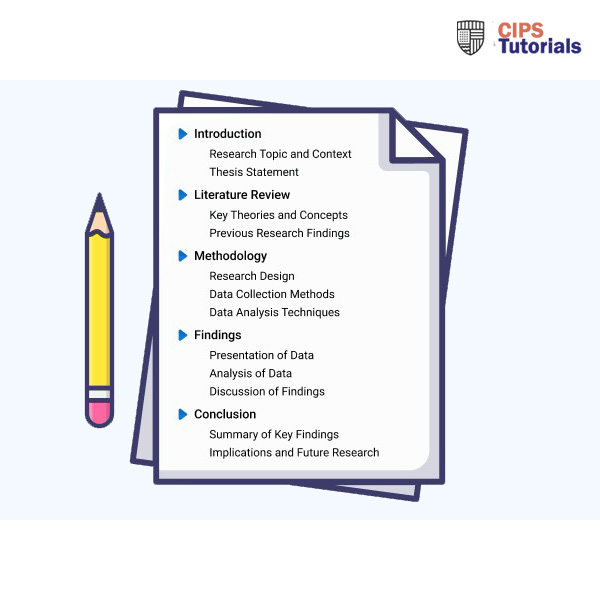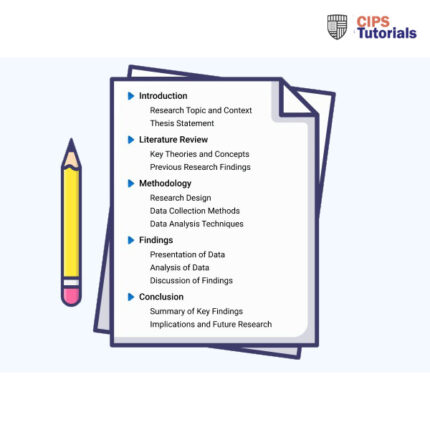-63%
Description
Related Papers
(Solution) CIPD 5C003- Professional Behaviours and Valuing People
(Solution) ROSHN CIPS PIN Team Members and Coordination
(Solution) CIPD Oakwood International 7HR03 Strategic Reward Management
(Solution) Employees recruitment, selection and employment laws
(Solution) AC1.1 Explain how organisations strategically position themselves in competitive labour markets
(Solution) Oakwood International 5CO03 Task One –Professional and ethical behaviours
Task One –Professional and ethical behaviours
This task requires you to consider the significance of professional and ethical behaviours for a people practitioner and the values that underpin the people practice profession. To complete the task, you should provide a written response to each of questions below, making appropriate use of academic theory and practical examples to expand your response and illustrate key points.- With reference to typical activities and behaviours, appraise what it means to be a ‘people professional’. (AC 1.1)
- Discuss how ethical values underpin the work of a people professional, including two examples of how ethical values might be applied in a people practice context. (AC 1.2)
- Consider the importance of people professionals being able to influence others and ensure that the ‘people practice voice’ is heard in an organisation, through informed, clear and confident communication. (AC 1.3)
- For each of the situations below (a & b), provide an example of an issue that would cause you to raise the matter to a manager (or other authority) - and describe how you would do this.
- a) where you consider something to be unethical (whether or not it is illegal),
- b) where you believe something contravenes legislation. (AC 1.4)
- Discuss two theories or models relating to the human and business benefits of people at work feeling included, valued, and fairly treated, concluding your discussion with a summary of your own view of these benefits. (AC 2.1)
- Discuss two ways in which a people professional can build inclusivity into a people practice initiative at the design stage, and two ways of checking inclusivity after a people practice initiative is implemented. (AC 2.2)

